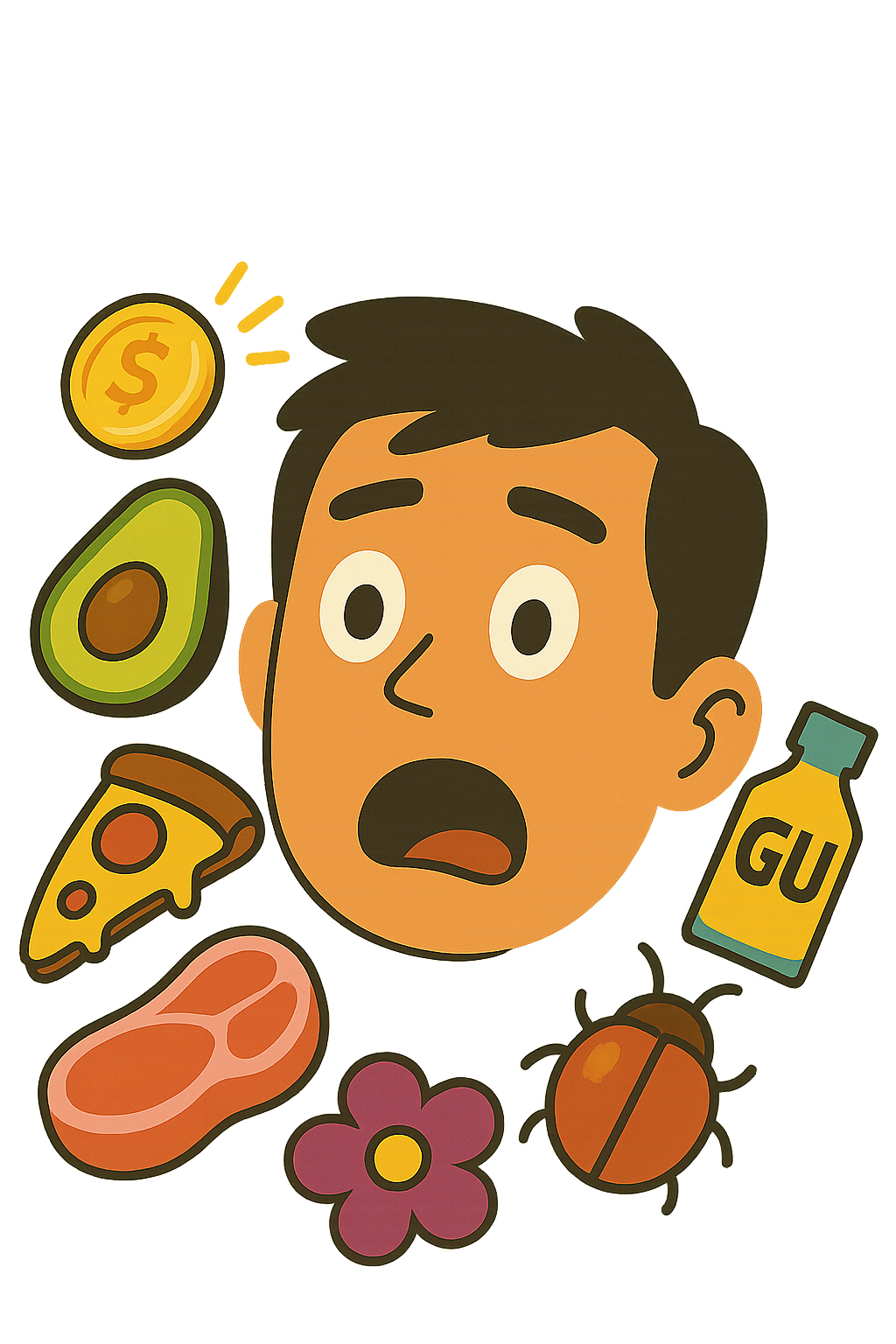Is it ok to eat moldy vegetables?
Quick Answer
No
Eating moldy vegetables can expose you to harmful bacteria and fungi, such as mycotoxins, which can cause food poisoning and other health problems.

What Is It?
Moldy vegetables are those that have been overgrown by mold, a type of fungus that thrives in moist environments. Mold can be seen as a fuzzy or slimy coating on the surface of the vegetable.
How to Tell
Signs of moldy vegetables include discoloration, a fuzzy or slimy texture, an off smell, or the presence of visible mold spores which can be white, green, black, or blue.
Why It Can Be Risky
Eating moldy vegetables carries several health risks.
- Exposure to harmful bacteria and fungi, such as mycotoxins, which can cause food poisoning.
- Allergic reactions, including sneezing, itching, and rash.
- Respiratory problems, especially in people with asthma or mold allergies.
Safe Method?
If a vegetable has a small spot of mold, it may be safe to cut off the moldy part and eat the rest. However, it’s generally safer to discard the entire vegetable.
Can You Just Cut It Off?
If you choose to cut off the mold, remove at least an inch around and below the mold spot. Keep the knife out of the mold itself to avoid cross-contamination.
Safe Alternatives
If you find that your vegetables often get moldy before you can eat them, consider buying smaller quantities more frequently, or opt for frozen vegetables which have a longer shelf life.
Storage Tips
Store vegetables in a cool, dry place.’, ‘Use them within a few days of purchase.’, ‘Keep them away from damp areas.